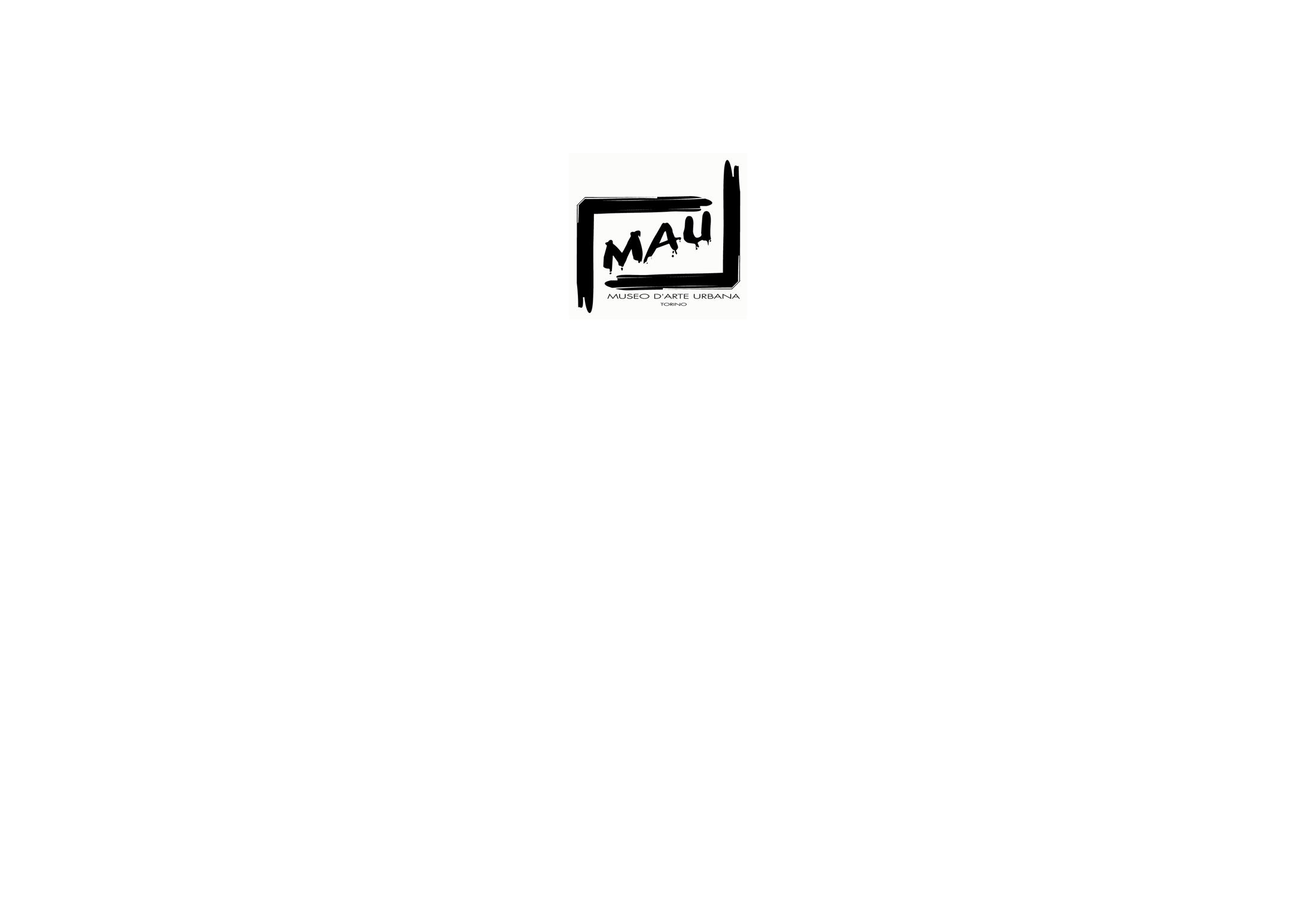MAU - MUSEO ARTE URBANA
Il sito è attualmente in fase di aggiornamento e restyling. Ti preghiamo di tornare a trovarci più avanti. Nell'attesa, per restare informato sulle attività del Museo di Arte Urbana, puoi consultare i nostri canali social.
IG / FB
Inoltre non dimenticare l'appuntamento con la visita guidata di San Valentino MAU MON AMOUR del 15 febbraio - prenota ora »
